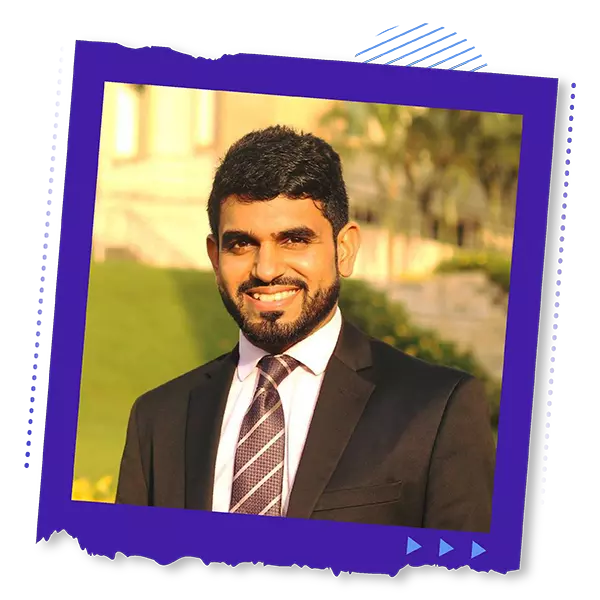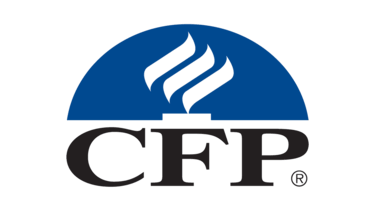Mascarenhas Wealth
one step closer
one step closer
one step closer
one step closer
one step closer
About Us
Mascarenhas Wealth was established in 2022 by Brendon Presentation Mascarenhas with the primary objective of assisting investors in managing their finances through the use of a proprietary six-part financial plan developed by Brendon for Mascarenhas Wealth.
Our firm specializes in meeting the financial needs of both individuals and businesses by offering professional financial advice and creating personalized plans tailored to achieve their specific goals and objectives.
Brendon is a Certified Financial Planner (CFP) with an MBA in Finance from TAPMI. He brings with him extensive experience gained from his previous employment at JP Morgan Chase and ICICI Wealth Management, where he developed over 100 financial plans and acquired valuable expertise in managing client investments. In Addition to completing the Certified Financial Planner (CFP) certification, he is also pursuing his CFA Level 3.


Why Us
Mascarenhas Wealth was established in 2022 by Brendon Presentation Mascarenhas with the primary objective of assisting investors in managing their finances through the use of a proprietary six-part financial plan developed by Brendon for Mascarenhas Wealth.
Brendon is a Certified Financial Planner (CFP) with an MBA in Finance from TAPMI. He brings with him extensive experience gained from his previous employment at JP Morgan Chase and ICICI Wealth Management, where he developed over 100 financial plans and acquired valuable expertise in managing client investments. In Addition to completing the Certified Financial Planner (CFP) certification, he is also pursuing his CFA Level 3.

Our Process
Components of the Six-Part plan
To start financial planning, it’s essential to cover potential risks that could deplete investment portfolios. This includes health and life risks that could impact the earning member’s income. The first step in emergency fund planning is to calculate the amount of money needed to cover a loss of income, based on the client’s income profile and the number of family members dependent on that income. This is done by determining the number of months it would take to find a new job in case of job loss, multiplied by the monthly expense. Emergency funds are usually parked in Liquid funds, Fixed deposits, Arbitrage funds or savings bank accounts.
In addition to job loss, it’s important to cover other risks like health, life, and disability. Insurance planning involves analyzing the health profile and number of family members to determine the required health coverage. Life risk is covered based on the earning member’s income, while critical illness coverage ensures liquidity during tough times. For specialized jobs, disability coverage is essential, and sufficient automobile insurance is also necessary.
Once all risks are covered, it’s time to invest for financial goals, starting with retirement. Retirement planning involves using assumptions like retirement age, life expectancy, inflation, debt and equity returns, and current expenses. Future expenses are projected based on inflation, and a retirement corpus is calculated such that the monthly expenses, adjusted for inflation, can be withdrawn until life expectancy. The required corpus is then used to plan monthly investments or lump-sum investments over the working life to achieve the retirement goal.
After setting retirement goals, we revisit the financial plan’s goal-setting phase. We invest in debt and equity based on the time horizon to achieve specific goals, such as education, home, car purchase, marriage, renovation, or vacation. We determine the investment amount and time horizon for each goal and project the required amount adjusted for inflation. We then calculate the required investment amount today to achieve the goal. Debt mutual funds or fixed deposits are used for goals due in 0-3 years, balanced funds for 3-5 years, and pure equity for over 5 years.
Once investments are planned, we ensure that the entire portfolio is tax efficient. We advise on selecting the appropriate tax regime and use income tax act deductions to reduce taxable income. We also recommend tax-advantaged investments to reduce taxable income.
After creating a plan, implementation is crucial. We provide action items for achieving goals to the planner or the client and periodically review the portfolio to ensure financial dreams are realized.

Contact Us
Kindly fill out the form or book a discovery call and we’ll get you started on your financial plan.
Establishing Client Relationship
The first step is to establish a strong relationship with the client based on trust and ethical principles. We define the scope of engagement and provide an overview of financial concepts to ensure the client understands their investments. The six-part plan serves as a roadmap for achieving the client's financial goals.
Step 1Financial Data Gathering
Gathering financial data is crucial as it directly affects the quality of the financial plan. We collect qualitative and quantitative data and use it to create a risk profile that is used to determine the optimal asset allocation. This approach ensures that the client's investments are diversified, minimizing risk.
Step 2Analysing Data and Goal Setting
After collecting data, the financial planner analyzes it from various aspects, determines essential versus discretionary spending, evaluates various financial ratios, assesses the client's net worth, and establishes financial goals having a purpose, time horizon, and amount.
Step 3Creating the Six-Part Plan
A six-part plan is created, including emergency fund planning, insurance planning, retirement planning, investment planning, tax planning, and recommendation and review, with assumptions made for inflation, retirement age, income increments, and return expectations for various asset classes.
Step 4Implementing the Plan
Once the client agrees to the recommendations presented in the financial plan, the financial planner proceeds with the implementation of the plan, coordinating with other professionals if necessary.
Step 5Monitoring and Reviewing the Financial Plan
The financial plan is reviewed periodically, adjusting recommendations based on changes in the client's personal circumstances, market expectations, and tax laws, to help the client achieve their financial goals.
Step 6

